Kwen kache: Ki jan 5G kouvri tren an?
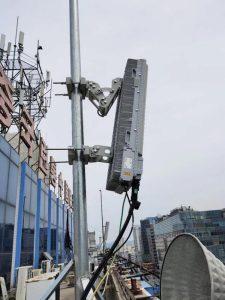
Sepandan, in the deep underground, there is still a hidden corner, dark and deep, with turbulent flow of people, and rushing, as the subway train gallops in the tunnel.
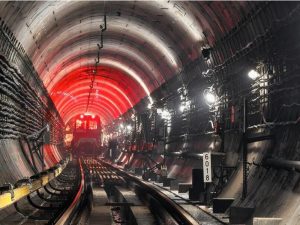
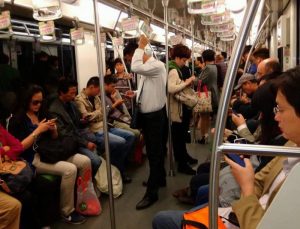
Se konsa, how to carry out subway coverage?
The subway platform is equivalent to a multi-storey basement. It can be easily solved by using traditional room division systems or new active room divisions. Each manufacturer has a very mature solution. The deployment can be designed on demand.
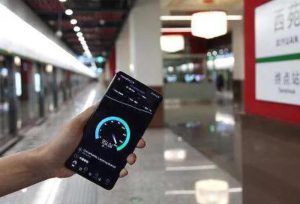
The length of the subway tunnel is usually more than one kilometer, the interior is narrow and cramped, and there are also bends. Using traditional directional antennas, the signal glancing angle is small, the local signal attenuation is fast, and it is easy to be blocked. Even the large-scale antenna AAU born for 5G is difficult to use.
In order to solve the above problems, it is necessary to release the wireless signal uniformly along the direction of the tunnel to form a linear signal coverage, which is completely different from the large-area coverage of the three-sector terrestrial macro station. This requires the use of a special antenna: leaky cable.
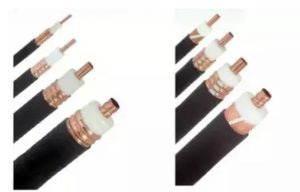
The leaky cable is different. The outer conductor of the cable is not fully shielded. It has evenly distributed leakage slots or sparse weaves, which means that there are a series of small slots on it, so that the signal can be evenly passed from these slots. Leaked in.
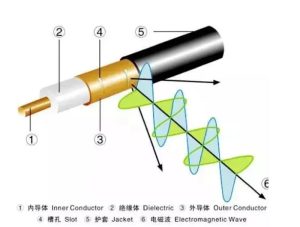
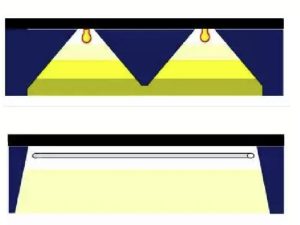
In order to serve their respective users, the three major operators, Lachin mobil, Lachin Unicom, and China Telecom, must carry out subway line coverage. Sepandan, the tunnel space is limited, and it is really wasteful for each company to build a set of equipment. Se poutèt sa, it is necessary to share the leaked cable and use a device to combine the signals of various frequency bands of different operators and then send them together. kab.
This kind of equipment that can combine multiple signals of different operators, multiple frequency bands, and different uses is called a POI (Pont of Interface) combiner. This type of combiner has the advantages of multiple combined signals and low insertion loss, and is widely used in communication systems.
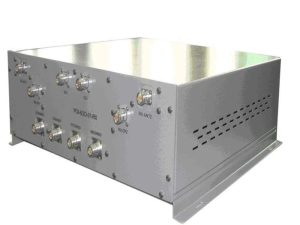
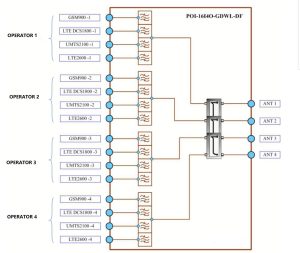
Beginning with 3G, MIMO has been on the stage of mobile communication and has become the most important means to increase system capacity; by 4G, 2x2MIMO has become a standard configuration, and 4x4MIMO is a high configuration; and in the 5G era, 4x4MIMO has become a standard configuration. All mainstream mobile phones can be supported.
Se poutèt sa, support for 4x4MIMO must be considered for subway coverage. Since each channel of independent data sent by the MIMO system requires an independent antenna, 4 parallel leaky cables are required for tunnel coverage to realize 4×4 MIMO.
As shown in the figure below, 5G RRU is used as a signal source to output 4 signals, and then combine with other operators’ signal sources through a POI combiner, and then feed them into 4 parallel leaky cables to realize multi-channel transmission and reception. , This is the most direct and effective means to increase the system capacity.
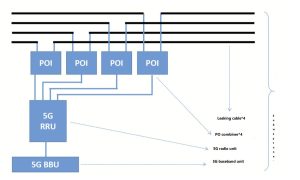
In order to solve this problem, multiple cells can be merged into a super cell. By combining the lengths of multiple linear cells, they logically belong to one cell, thereby extending the coverage of a single cell several times, and naturally avoiding too much Switching and reselection, but the capacity is also reduced, it is very suitable for use in places where the traffic volume is not too high.
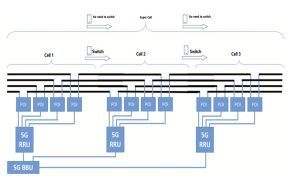
In this era of ubiquitous networks and higher and higher speeds, we will never look forward to the flashing of QQ avatars: Are you GG or MM? The pace of the times is rolling forward, and the turbulent wave of 5G has allowed us to unlock more gameplay and value, highlighting its significance.


